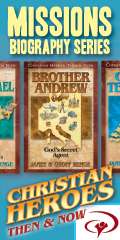
The Wheel on the School by Meindert DeJong
Pictures by Maurice Sendak
This story is about storks… and so much more.
It takes place in a Dutch village called Shora.
Shora has no storks. The six schoolchildren of Shora decide to find out why the storks always fly over Shora but never stay there and nest. They discover that storks need trees and wheels on the roofs of buildings to build nests on. Shora has no trees because of storms that come in and spray salt water everywhere and kill almost all of the vegetation. Most of the buildings have sharp roofs, so storks would not choose to build a nest on them. There are no wheels on top of the buildings (for obvious reasons!)
The teacher at their school gives them an assignment to find out how to attract storks to Shora. Through this simple assignment, many wonderful, exciting, amazing things happen to many people in Shora and the surrounding region.
Relationships are strengthened and new relationships are formed. Children learn the history of their town, their families and the people of their town. Families are helped. A community comes together to accomplish something great.
And the children learn that older people really do matter, really do have something to add to their lives. They know things about Shora that nobody else knows! They remember how things used to be, and they are not “miles of years away”, as the schoolchildren thought they were. Before the stork adventure.
The schoolchildren learn so much – outside of the school building! They learn things they could never have learned from books.





I read this story to my older kids when they were younger. It is recommended for children 8 and up.
Now I’m reading it to Garrett and Fiona. They are 9. It is one of our favorite stories. It is very well-written, which is no surprise because Meindert DeJong’s stories are all well-written, in my opinion.
There are so many different ways you could extend this story for a unit study.
Geography – You could use maps to find the flight path of the storks from Africa to Europe, specifically The Netherlands. You could study The Netherlands and the dikes and the land that is below sea level, and the ways people have developed to live in such a naturally inhospitable place. You could learn all about The Netherlands, also known as Holland.
Science – You could study all about storks. You could also study about storms. There’s a big one in the story.
History – Study the history of The Netherlands and the culture, especially of the fishing villages on the coast.
Research Project – You could have your kids do the same kind of thing the kids in the story did. Tell them to think of a question they want to know the answer to, and then have them research to find the answer. If it is something that they want to do, then help them find the materials they need to make it happen.
Creative Writing – Students could write a story about storks or some other bird that children helped to make nests in places where their habitat had been disturbed. Or this could be extended to any other kind of animal that needs help finding a suitable place to live.
There are many ways to extend the story if your children are interested in a particular element from the story.
These ideas could also help you to develop a lapbook based on the story.
If you are looking for a good read-aloud for your family, I would highly recommend The Wheel on the School.

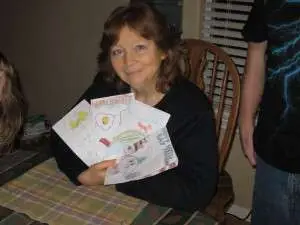
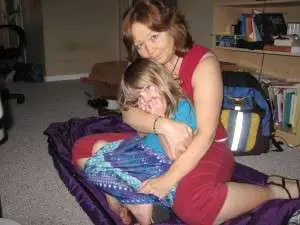
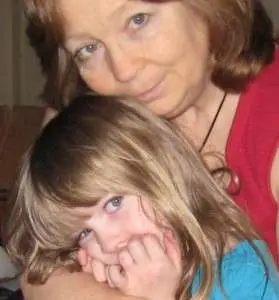
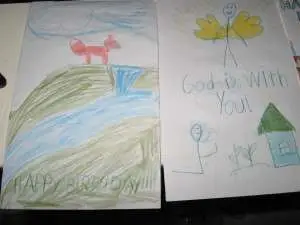
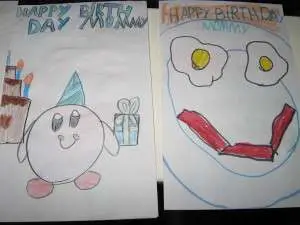
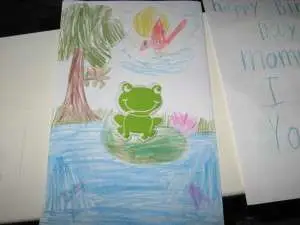
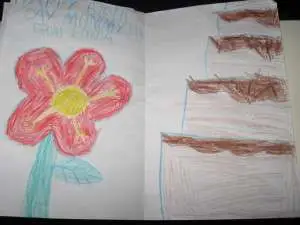
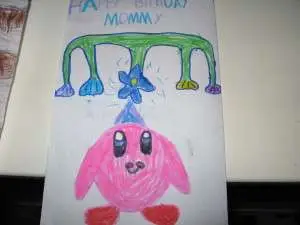

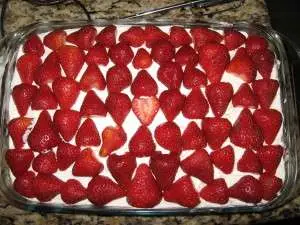
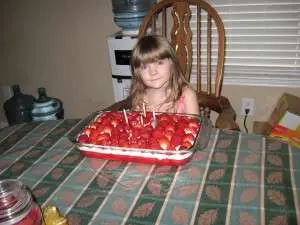
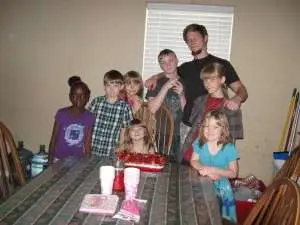
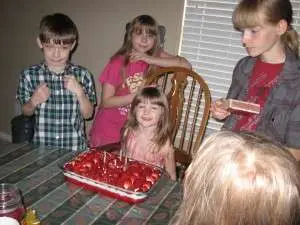
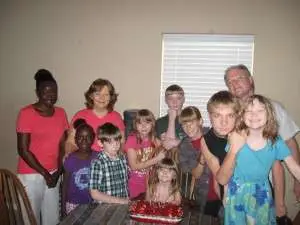
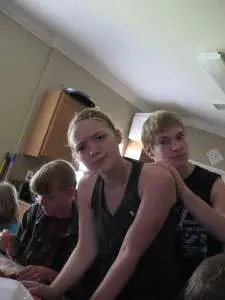
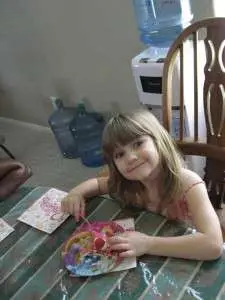


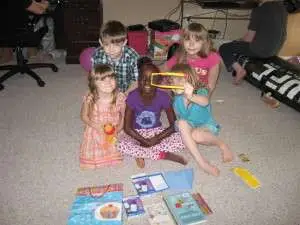









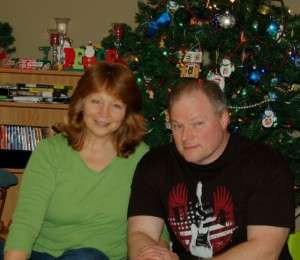

 "Oh that God would give every mother a vision of the glory and splendor of the work that is given to her when a babe is placed in her bosom to be nursed and trained! Could she have but one glimpse in to the future of that life as it reaches on into eternity; could she look into its soul to see its possibilities; could she be made to understand her own personal responsibility for the training of this child, for the development of its life, and for its destiny,--she would see that in all God's world there is no other work so noble and so worthy of her best powers, and she would commit to no other's hands the sacred and holy trust given to her." -JR Miller
"Oh that God would give every mother a vision of the glory and splendor of the work that is given to her when a babe is placed in her bosom to be nursed and trained! Could she have but one glimpse in to the future of that life as it reaches on into eternity; could she look into its soul to see its possibilities; could she be made to understand her own personal responsibility for the training of this child, for the development of its life, and for its destiny,--she would see that in all God's world there is no other work so noble and so worthy of her best powers, and she would commit to no other's hands the sacred and holy trust given to her." -JR Miller






